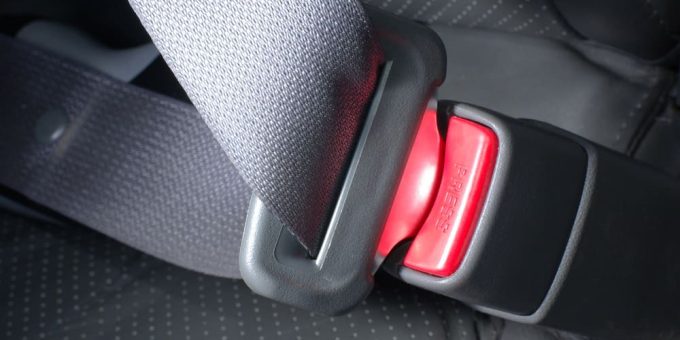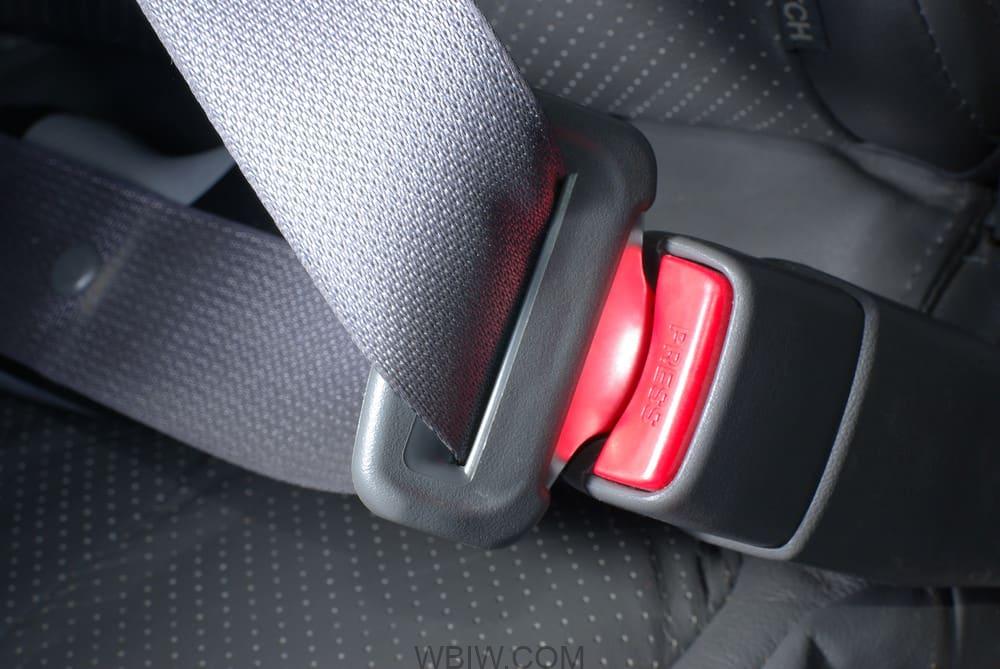
INDIANA – In a significant move to enhance vehicle safety, the National Highway Traffic Safety Administration (NHTSA) announced a new regulation requiring seat belt warning systems for all vehicle seats, expanding beyond the traditional driver-seat alerts.
The comprehensive rule will affect a wide range of vehicles, including passenger cars, trucks, and most buses, with the exception of school buses. The regulation applies to vehicles weighing 10,000 pounds or less.

Manufacturers will need to implement enhanced front seat belt warning systems by September 1, 2026, while rear seat warning systems must be operational by September 1, 2027. Vehicle makers are permitted to adopt these safety features ahead of the mandated deadlines.
Under the new requirements, vehicles must provide both visual and audio alerts upon startup to indicate rear seat belt status. The visual warning must continue for at least 60 seconds, while the audio alert must last a minimum of 30 seconds. However, if the vehicle can detect that rear seats are unoccupied, these warnings will not be necessary.
The NHTSA’s decision is driven by sobering statistics: approximately 822 fatalities and over 11,000 injuries occur annually due to unrestrained backseat passengers. The agency projects that this new regulation will prevent more than 500 injuries and save at least 50 lives each year.
The rule has particular significance in states like Indiana, where primary seat belt laws allow law enforcement to stop and cite drivers if any vehicle occupant is not properly buckled up.
This regulatory update represents one of the most significant changes to vehicle safety requirements in recent years, aiming to increase seat belt usage and reduce traffic-related casualties across the United States.









.png)











